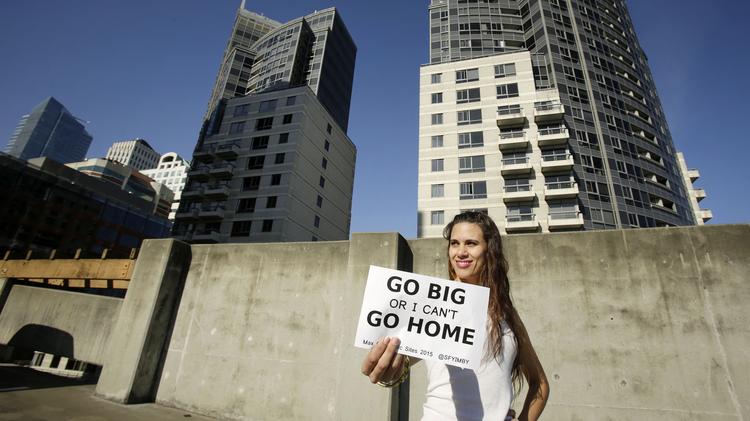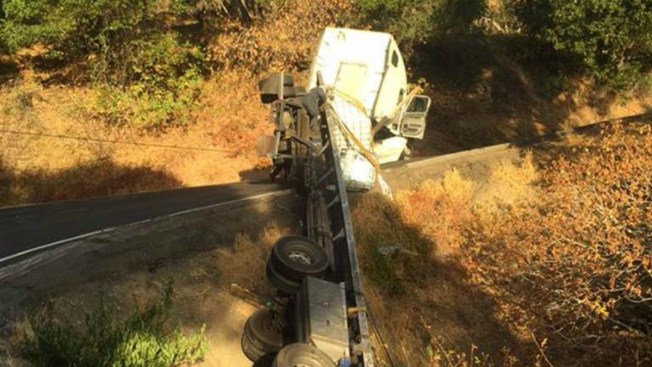SAN FRANCISCO (KPIX 5) – Can’t afford an apartment in San Francisco? So-called “co-creative housing” is offering a bunkbed and lots of company.
But is it legal? KPIX 5 wasn’t invited in. The only way to check it out was undercover.
Heidi’s moving into her new digs. KPIX 5 asked her to go into a building in the heart of San Francisco’s Mission District undercover to get an unbiased taste of a new kind of rental: It’s a bunkbed that she’s sharing with a stranger in a
house
with 30 other people.
The Victorian on South Van Ness Avenue doesn’t have a marquee, or any kind of sign. But it’s a hostel, advertised on Airbnb.
Heidi had to answer a questionnaire and do a Skype interview. She finally made the cut and paid $1,800 to be part of a community called Vinyasa
Homes
Project for a month.
“It’s decorated nicely, looks clean,” she said.
Other pluses: a communal kitchen, well stocked. And three bathrooms per floor, though Heidi found them not always spotless.
“You still have those typical roommate issues but times that times 30, because there’s 30 people sharing a house,” Heidi said.
The minuses: Small bedrooms.
“So the four-person bunk room is pretty tight. I mean its small, the bunk beds are backed up to each other,” Heidi said.
Even her two-person bunk room she says was tight. “It’s not like I would sit in my room and hang out. There’s a bunk bed and a desk, you know? And it’s small,” Heidi said.
Heidi told us most of the residents are in their 20s, from out of town, many from out of the country.
“I think it is just one of those, I need to get to the city and this is going to be the first stop. And then I’ll find something else,” she said.
The tenants seemed happy. But is it legal? Chief housing inspector Rosemary Bosque said bedrooms have to be 170
square feet
to accommodate four adults.
Bosque says her inspectors can’t go in to measure unless there’s a complaint from inside. And so far there hasn’t been. “Whenever we do an inspection, it’s a consensual inspection,” she said.
As for using the building for what appears to be a hostel? “That is really a policy matter that I would leave then to the board and to the Planning Department,” she said.
“We do have a complaint, an active complaint on that property which we are investigating,” said Scott Sanchez with the Planning Department.
But he told KPIX 5 it’s not that simple, because the bunk beds are advertised on Airbnb with a 30-night minimum stay, so they don’t fall under the city’s short term rental ordinance.
KPIX 5 asked Sanchez, “So more than 30 days makes it residential?”
His answer, “Typically yes.”
KPIX 5: “Doesn’t that sort of just fly in the face of our goal in San Francisco now, which is we have a dwindling housing supply we need to fix that?”
Sanchez: “So you are pointing out an issue that may need to be addressed further, but at this point the codes don’t address that.”
Legal or not, Heidi on the whole gives Vinyasa homes a thumbs up. “Personally for me it’s not really my cup of tea. But I could see how for other people who like that style of living that it would work,” she said.
KPIX 5 tried to talk to Vinyasa homes, it turns out they run several hostels in the Bay Area. They had no comment. Neither did the landlord that owns the building. He is making tens of thousands of dollars a month renting it out.







 Mark Kelly
Mark Kelly
